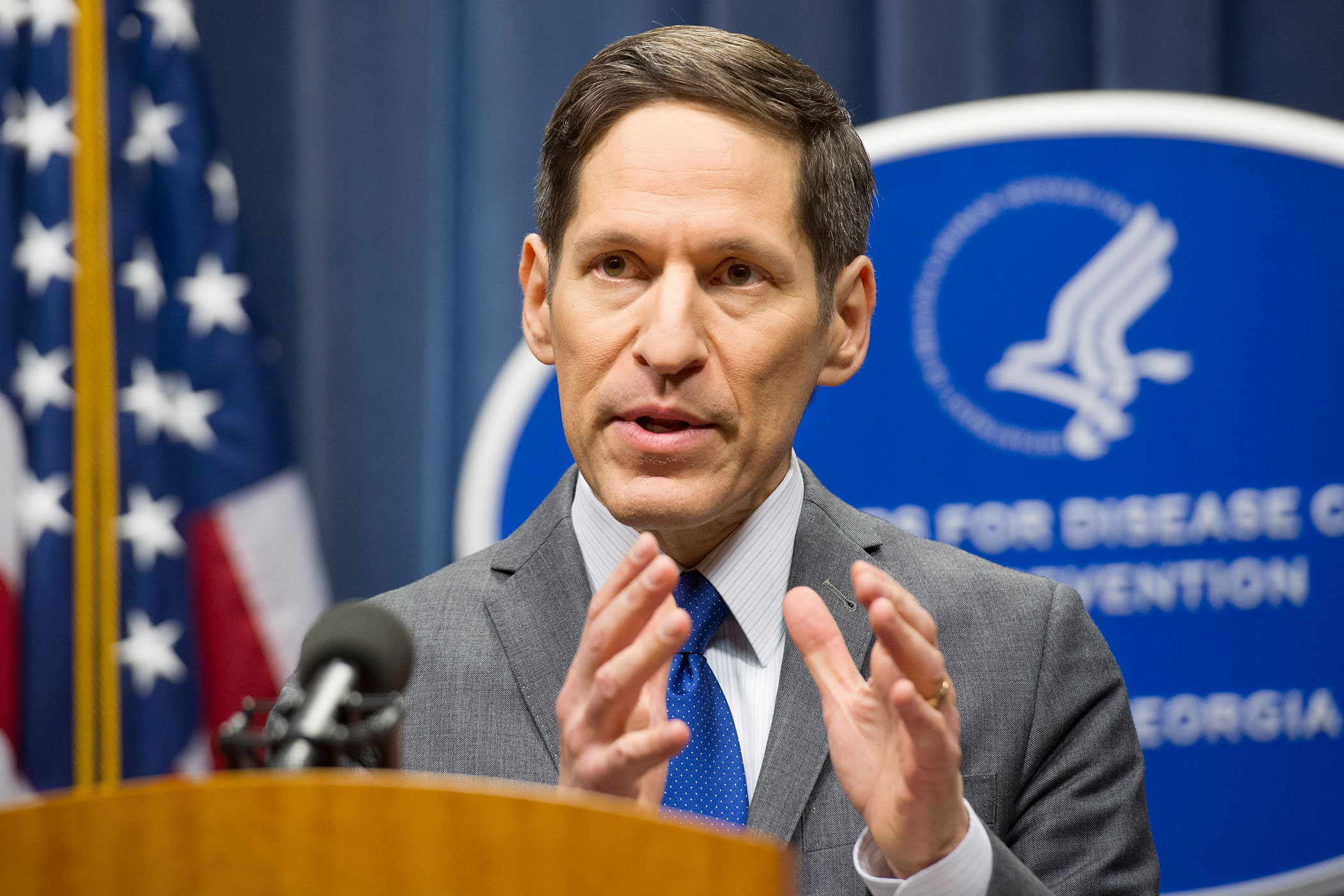
Travelers coming to the U.S. from Ebola-affected countries who do not require mandatory quarantines upon arrival will undergo voluntary at-home isolation and could be placed on “do not board” lists, according to new guidelines released by the Centers for Disease Control and Prevention (CDC) on Monday.
The CDC’s new guidelines break down travelers’ risk level into categories: high risk, some risk, low risk and no risk.
People who fall into the high-risk category are those who had direct contact with Ebola patients in West Africa, and who may be at a high risk for infection. For instance, they handled bodily fluids without protection. Those individuals will be asked to isolate themselves in their homes for 21 days. They would be allowed to leave and go out on a jog, for example, but they would not be allowed to take public transportation or go to places with high volumes of people or “congregate gatherings.” They will undergo active monitoring.
People who fall under the “some risk” category would have their temperatures checked twice a day, and their travel and public activities will be assessed on a case-by-case basis. This distinction might apply to a health care worker who did not have direct contact with patients, or who had direct contact but used personal protective equipment fastidiously.
These guidelines are a marked departure from the sweeping quarantine mandate that Florida, Illinois, New Jersey and New York implemented over the last week, stirring up controversy after a recently returned nurse who tested negative for the virus protested her forcible detainment in New Jersey.
When asked why CDC recommendations differ from some states, CDC director Dr. Tom Frieden said, “We find that state health departments generally do follow CDC guidelines.” He added that if states wish to be more stringent, they’re within their rights to do so.
Frieden said fewer than 100 people a day are coming into the U.S. from the Ebola-affected countries. So far there have been 807 people, and of those, 46 are health care workers. The CDC has already instituted daily monitoring for travelers coming in from the Ebola-affected countries. Every traveler is given a kit to take their temperatures and must provide local health care officials with contact information to get in touch with them.
“We base our decisions on science and experience,” said Frieden. “As the science and experience changes, we adapt.” Frieden also acknowledged the active monitoring approach that Doctors Without Borders has urged its physicians to follow. Dr. Craig Spencer is the first Doctors Without Borders worker to be diagnosed with the disease in the U.S., but was immediately quarantined after he reported the first sign of an infection (a lower-grade fever). “This is the kind of approach that they will be effective,” said Frieden.
During the press conference, Frieden cited a 1995 study conducted in what is now the Democratic Republic of the Congo that looked at the Ebola infection risk of 173 people living within a household of someone with Ebola. The study showed that only 28 (16%) of the 173 contacts of 27 primary Ebola cases developed Ebola, and those who did develop Ebola had direct contact with a known patient. None of the 78 family members who did not have direct contact later became infected, stressing that Ebola needs very direct contact to spread.
“We will only get to zero risk by stopping it at the source,” said Frieden.
On Monday, New Jersey Governor Chris Christie said health care worker Kaci Hickox was released after being put in a mandatory quarantine despite not having any symptoms for the disease.
More Must-Reads from TIME
- Donald Trump Is TIME's 2024 Person of the Year
- Why We Chose Trump as Person of the Year
- Is Intermittent Fasting Good or Bad for You?
- The 100 Must-Read Books of 2024
- The 20 Best Christmas TV Episodes
- Column: If Optimism Feels Ridiculous Now, Try Hope
- The Future of Climate Action Is Trade Policy
- Merle Bombardieri Is Helping People Make the Baby Decision
Contact us at letters@time.com